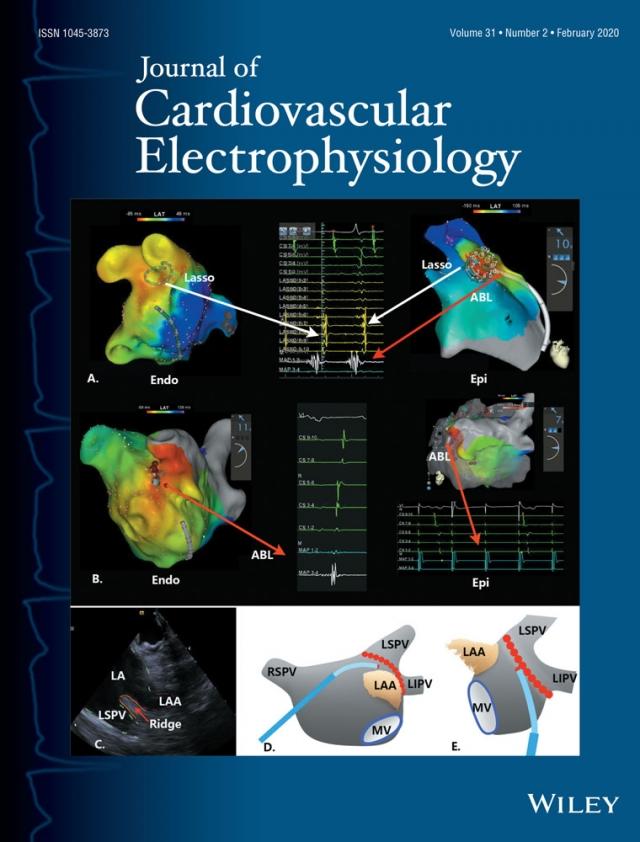
Long Term Cardiac Arrhythmia and Chronotropic Evaluation in Severe Anorexia Nervosa
Farast M, Watters A, Schuller J, Bendelow T, Mehler PS, Krantz M. Long Term Cardiac Arrhythmia and Chronotropic Evaluation in Severe Anorexia Nervosa (LACE-AN): A Pilot Study. J Cardiovasc Electrophysio 2020.
Background: Anorexia Nervosa and Cardiac Monitoring
Anorexia nervosa (AN) is associated with autonomic dysfunction and carries a high risk of sudden death, putatively attributed to ventricular tachyarrhythmias. To date, long‐term cardiac monitoring has not been performed to confirm this speculation.
Long-Term Cardiac Arrhythmia Study Methods and Results
We assessed the safety and acceptability of an insertable cardiac monitor (ICM) in patients with severe AN with markedly reduced body mass index (BMI), and investigated heart rate (HR) and rhythm before and after weight restoration. Autonomic function was assessed as HR response to a standardized activity protocol at baseline and four additional visits over 360 days. The Florida Patient Acceptance Survey (FPAS) was used to measure ICM acceptability.
During a mean follow‐up of 10 months, no ICM‐related complications occurred and ICM was well‐accepted by the 11 study participants (nine women, aged 19‐59 years, baseline BMI = 12.7 ± 1.6 kg/m2). Both resting and peak HR increased with weight restoration and were directly associated with BMI (both P < .001). No ventricular tachyarrhythmias occurred during the study period, but two participants (18%) experienced eight sinus pauses (3.0‐7.0 seconds) and three runs of supraventricular tachycardia.
Conclusions Based on Chronotropic Evaluation
Long‐term cardiac rhythm monitoring with an ICM is feasible, safe, and acceptable in patients with severe AN. Autonomic dysfunction in AN results in not only profound resting bradycardia, but also some degree of chronotropic incompetence, both of which improve with weight restoration. Clinically significant bradyarrhythmias are more common than ventricular tachyarrhythmias in AN, and may represent a competing underlying mechanism for the high risk of sudden death in this population.


